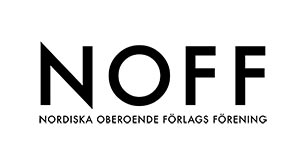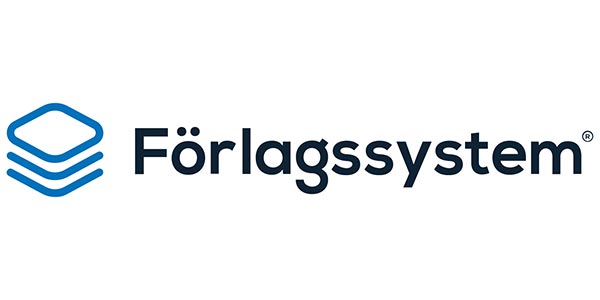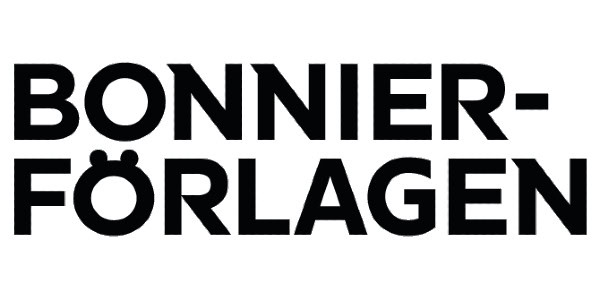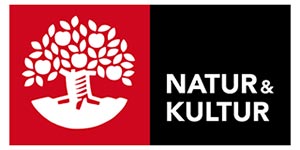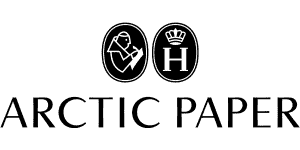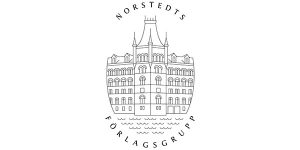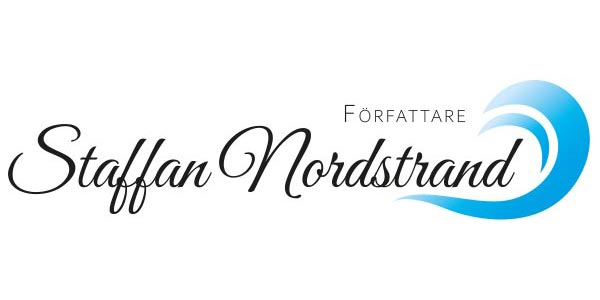
Before Sound: Transversal Processes in Site-Specific Sonic Practice

| Serie | Artmonitor avhandling |
|---|---|
| Författare | |
| Förlag | Art Monitor |
| Genre | Konst |
| Format | Häftad |
| Språk | Engelska |
| Vikt | 0 |
| Utgiven | 2018-11-20 |
| SAB | Iji |
| ISBN | 9789178332137 |
This doctoral research explores the capacity of site-specific practices of sound installation to bring about transformation. It claims that in order to understand this capacity, we need to address the complexity of the transversal processes that make up artistic practices in this field, and understand that these transversal processes in fact precede sound. This includes understanding site-specificity as a complex, affective practice spanning across and connecting the material, social, discursive, artistic, and technical realms at the same time in a given situation in public space. Based on experiences from the author’s site-specific practice of sound installation, the thesis explores three approaches, and a series of related conceptual tools, in order to articulate the nuances of such transversal processes. These approaches, informed by a philosophy of immanence, are: mapping the affective lines, establishing new connections, and becoming non-autonomous. These three approaches look to re-negotiate some of the traditions, tendencies, and assumptions that dominate existing artistic sonic strategies. By exploring these three approaches, the dissertation suggests that it is possible to emphasize and practice transversality. This in its turn, has the potential to affect site-specific sonic practice artistically and in terms of research and education. Further, the dissertation shows how such an approach activates the ethical dimension of site-specific sonic practice. In particular, it involves dismantling the established separation between artist-subject, site, and work, in order to acknowledge the transversal affective relations between specific and diverse “bodies” with agencies—human as well as non-human. Beyond making visible the transversal nature of site-specific sonic practice, the explorations also open up future perspectives in thinking about the field. Not least, the research points towards the importance of overcoming hierarchical models of thought that dominate within a range of discourses and institutions central to art practice. Such a shift has the potential to radically transform the power structures that exist between commissioners of art, artists, a site’s own inherent agencies, and the visitor. Further, a change in our thinking of the type described in this work is also needed if we are to broaden existing dialogues on the artistic work, representation, material, and process.

